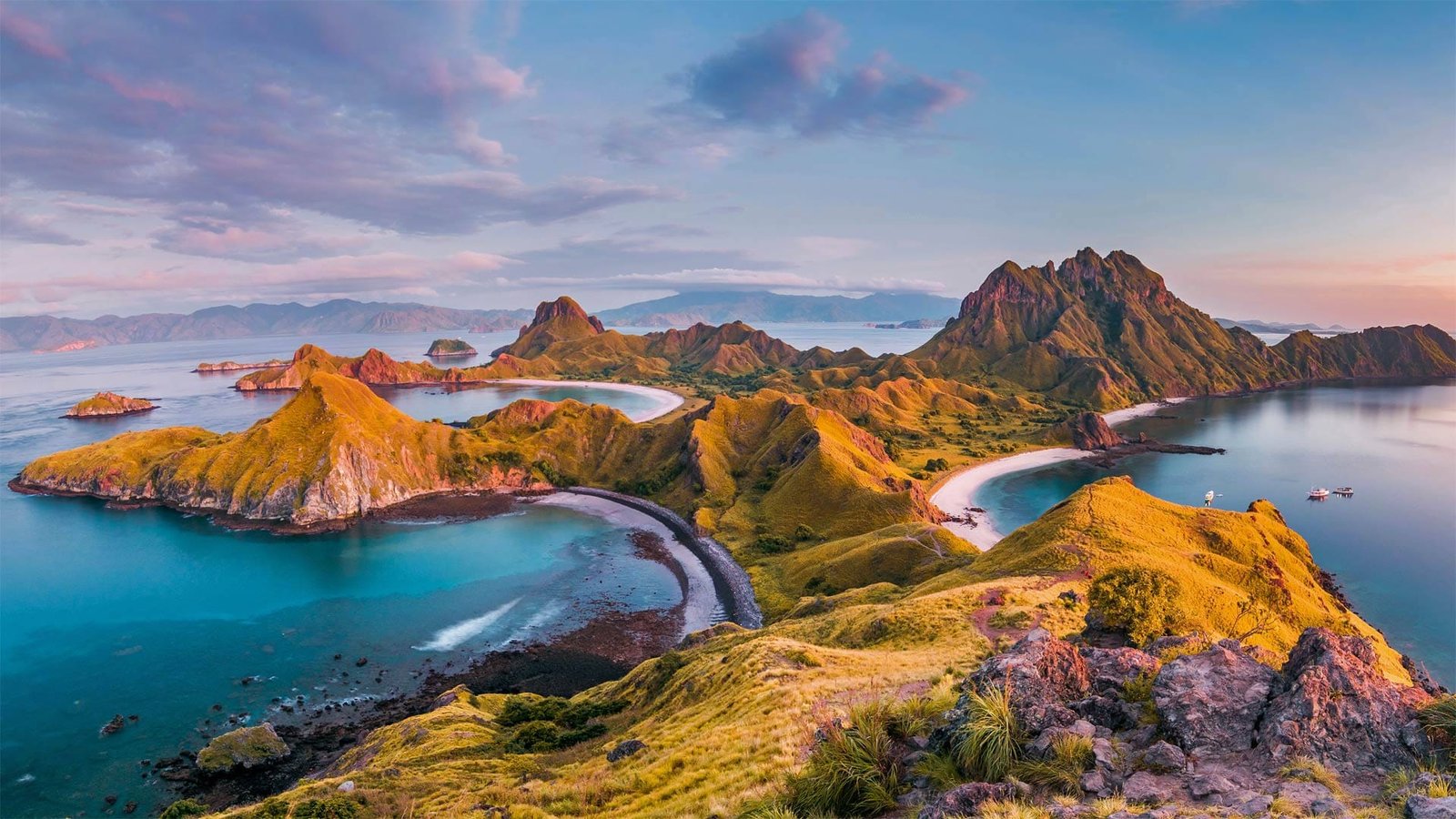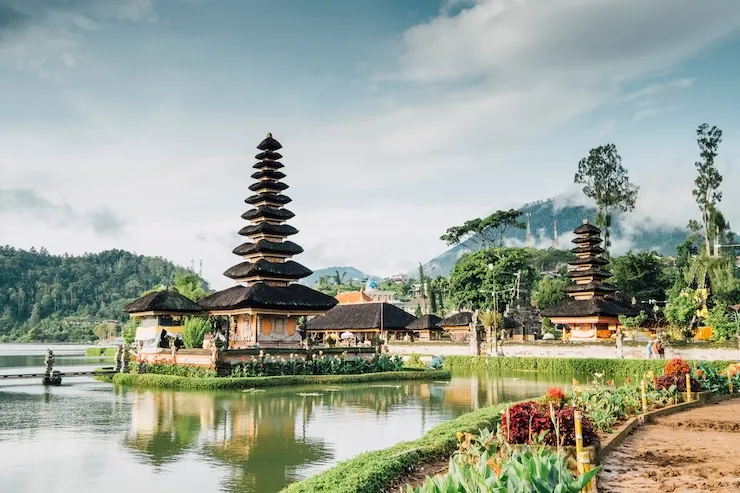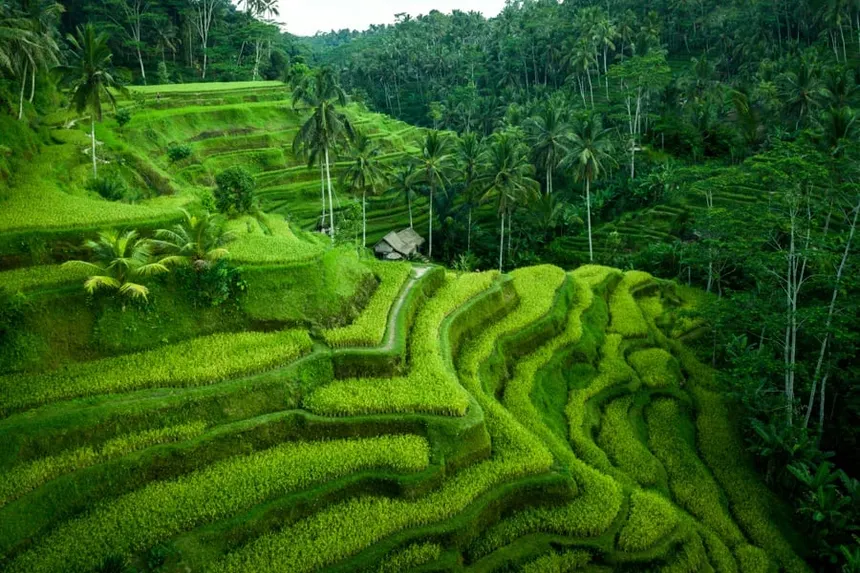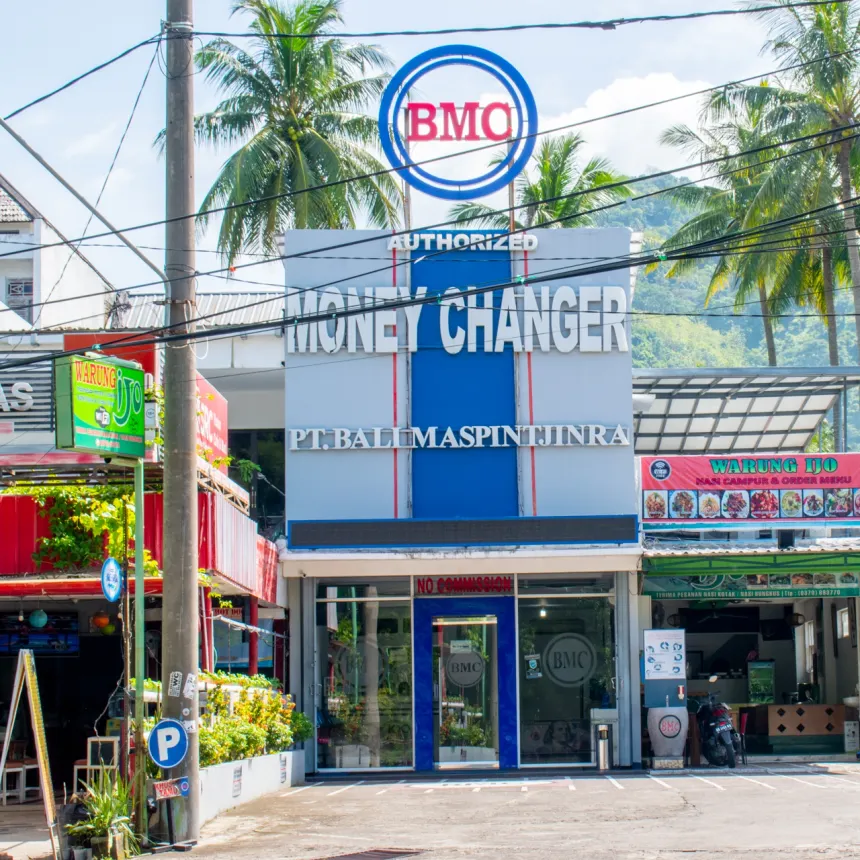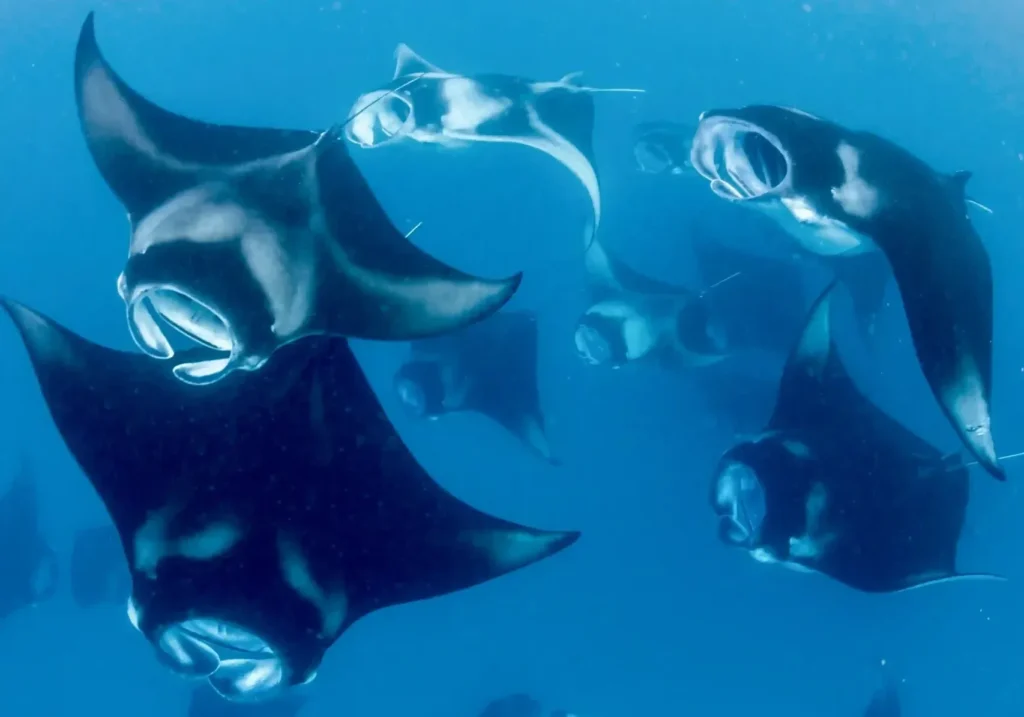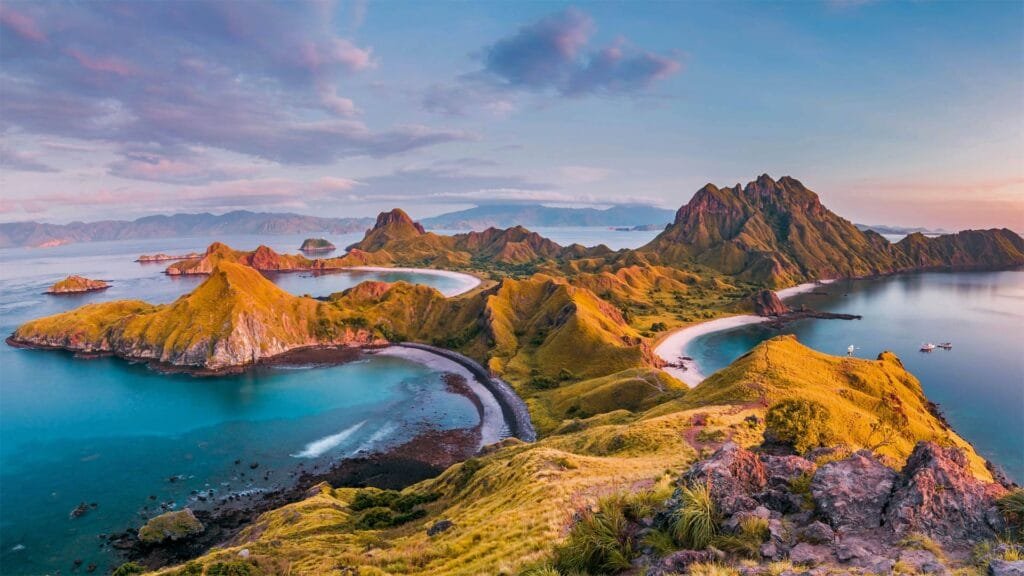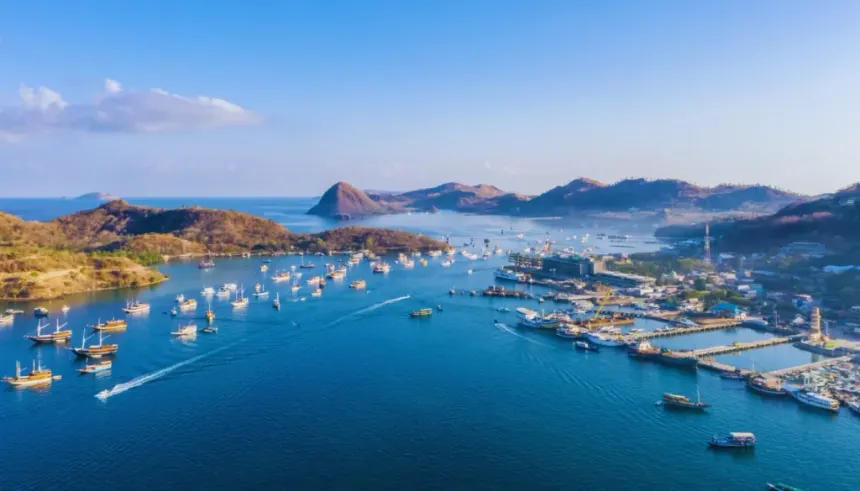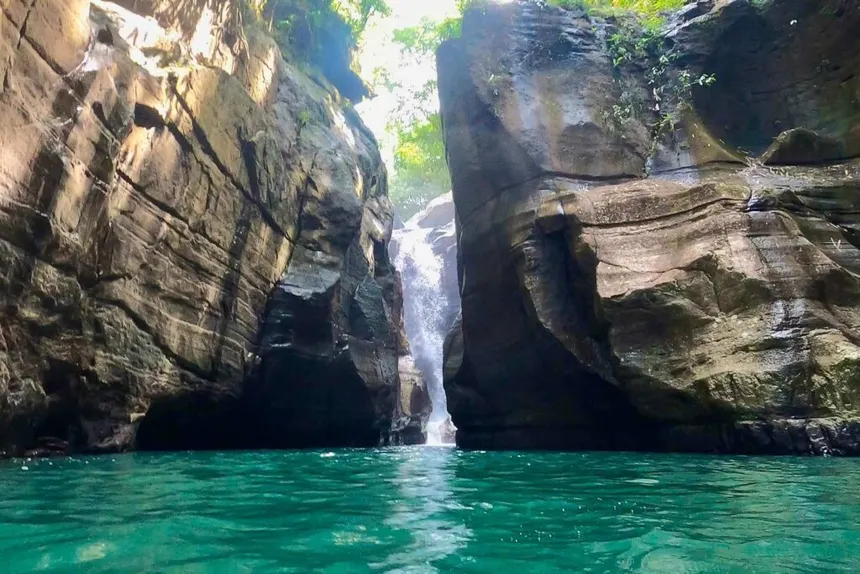Bali’s coastline is as diverse as it is beautiful, offering something for every type of beach lover. Kuta and Legian are known for their golden sands, lively atmosphere, and beginner-friendly surf waves, making them perfect for those new to the sport.
Uluwatu, Padang Padang, and Bingin Beach, on the other hand, are world-famous among experienced surfers, with challenging reef breaks and dramatic cliffs framing the coastline. For those looking for relaxation, Nusa Dua and Sanur provide calm waters, luxury resorts, and white sandy beaches ideal for swimming and sunbathing.

